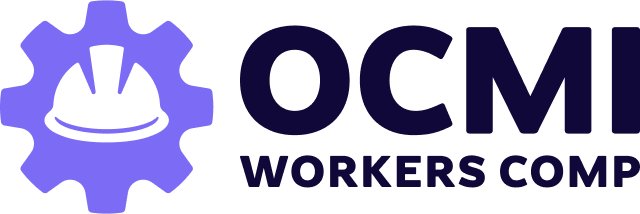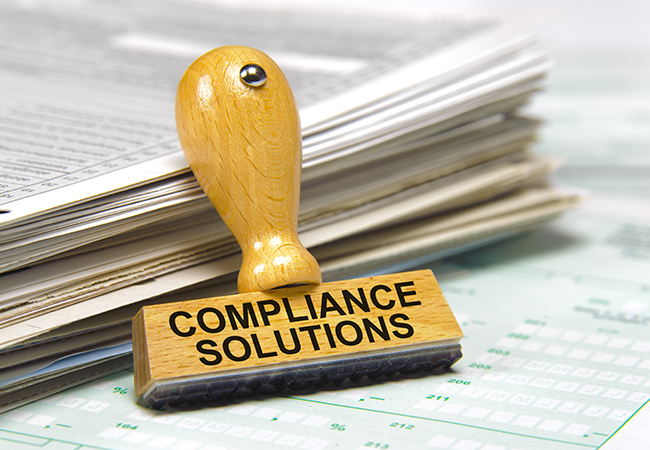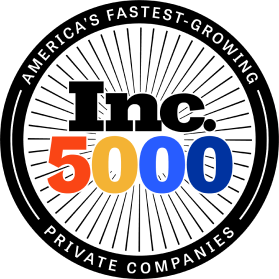If managing regulatory compliance solutions feels overwhelming, you’re not alone. Many business leaders struggle to stay ahead of ever-changing laws and requirements—all while protecting profits and managing risk.
Whether you’re in finance, healthcare, or handling workers’ compensation claims, the regulatory landscape never stops evolving. Without a clear roadmap, non-compliance can cost you time, money, and reputation.
This step-by-step guide breaks down how to ensure regulatory compliance while improving organizational efficiency. We’ll cover tools, strategies, and real solutions to help your team stay audit-ready and profitable.
Let’s explore the essential elements behind the success of modern regulatory compliance
solutions.
Understanding Compliance Frameworks and Challenges
What is regulatory compliance and why is it important?
Regulatory compliance meaning: It refers to following laws, rules, and regulations relevant to your industry.
These may include OSHA standards, HIPAA rules, or financial reporting mandates.
So, why is regulatory compliance important? Because it protects your organization from penalties, litigation, and reputational damage. It also builds stakeholder trust and supports long-term profitability.
What are common regulatory compliance challenges?
- Keeping up with changes: Laws change frequently, especially in regulated industries.
- Data management: Having accurate, secure, and accessible data is key for audits.
- Training gaps: Inconsistent training leads to mistakes and increased regulatory risk.
- Manual processes: Paper-based or outdated systems increase human error and costs.
Addressing compliance challenges starts by understanding your current gaps and risks.
Best Practices for Compliance Management
How to implement compliance solutions that scale
- Conduct a regulatory audit: Start by identifying current compliance gaps.
- Define your framework: Choose an industry-standard model like ISO, NIST, or COBIT.
- Select the right tech: Use tools that support automation, tracking, and reporting.
- Assign roles clearly: Ensure your compliance officers and teams know their responsibilities.
- Train and reinforce: Focus on the importance of compliance training to embed a strong culture.
What are compliance requirements for most industries?
While requirements vary, most industries must follow:
- Health and safety standards: Such as OSHA for physical workplaces and healthcare
laws like HIPAA. - Data security and privacy: GDPR, CCPA, or PCI DSS depending on your region and
industry. - Financial reporting laws: Like SOX compliance for financial transparency.
How to Improve Compliance Culture and Efficiency
What is the role of compliance officers?
Compliance officers are responsible for designing programs, updating policies, and ensuring everyone follows the rules. They also lead internal audits and communicate with regulators.
How to improve compliance culture? Start with top-down support. Executives and managers must model behaviors that promote compliance. Recognize teams that follow best practices and create incentives for long-term buy-in.
Pros of a strong compliance culture:
- Lower risk: Fewer violations and better audit outcomes.
- Improved morale: Employees feel secure and empowered.
- Brand trust: Customers and partners view you as a reliable, ethical organization.
Cons of a weak compliance program:
- Legal trouble: Fines, sanctions, or lawsuits.
- Operational delays: Processes grind to a halt during investigations.
- Reputational damage: Loss of client trust and investor confidence.
How to Audit Compliance Processes and Reduce Regulatory Risk
How to audit compliance processes effectively?
Regular internal audits are essential. They help you detect risks early and correct course before external regulators step in.
Steps to audit effectively:
- Plan ahead: Use checklists tailored to your regulatory framework.
- Document everything: Keep detailed records of controls, incidents, and remedial actions.
- Involve stakeholders: Engage IT, HR, legal, and operations.
What is regulatory risk and how do we manage it?
Regulatory risk is the potential for a company to face penalties due to non-compliance. To
manage it:
- Monitor changes: Use compliance software to track new laws in real-time.
- Update policies: Revise internal rules as regulations evolve.
- Train continually: Focus on the importance of compliance training to keep staff
aligned.
You can’t eliminate regulatory risk, but with proactive compliance, you can control it.
Conclusion: Boost Efficiency with Regulatory Compliance Solutions
Regulatory compliance solutions are more than a checkbox—they’re a strategic advantage.
By implementing smart tools, embracing a culture of accountability, and auditing proactively, businesses can turn compliance into a driver of growth.
From understanding compliance frameworks to knowing how to achieve regulatory efficiency, these proven strategies give you the edge in a complex landscape.
It’s time to stop reacting and start leading your industry with confidence.
Ready to turn compliance into your competitive advantage?
Contact OCMI Workers’ Comp today to learn how we can support your success.
FAQs
What are regulatory compliance solutions?
They are systems, tools, and strategies businesses use to meet laws and industry standards. These include software platforms, audits, and training programs.
How to ensure regulatory compliance?
Start with a clear framework, use automation tools, assign roles, and conduct regular audits. Don’t forget ongoing training and monitoring.
Why is compliance training important?
Training ensures employees understand their responsibilities and follow procedures. It reduces errors, boosts morale, and keeps you within legal guidelines.
How to achieve regulatory efficiency?
Use integrated platforms, simplify workflows, and automate tasks like reporting and monitoring. This reduces human error and increases speed.
What is the role of compliance officers?
They oversee compliance programs, monitor regulations, train staff, and coordinate audits. They are the bridge between your business and regulators.









